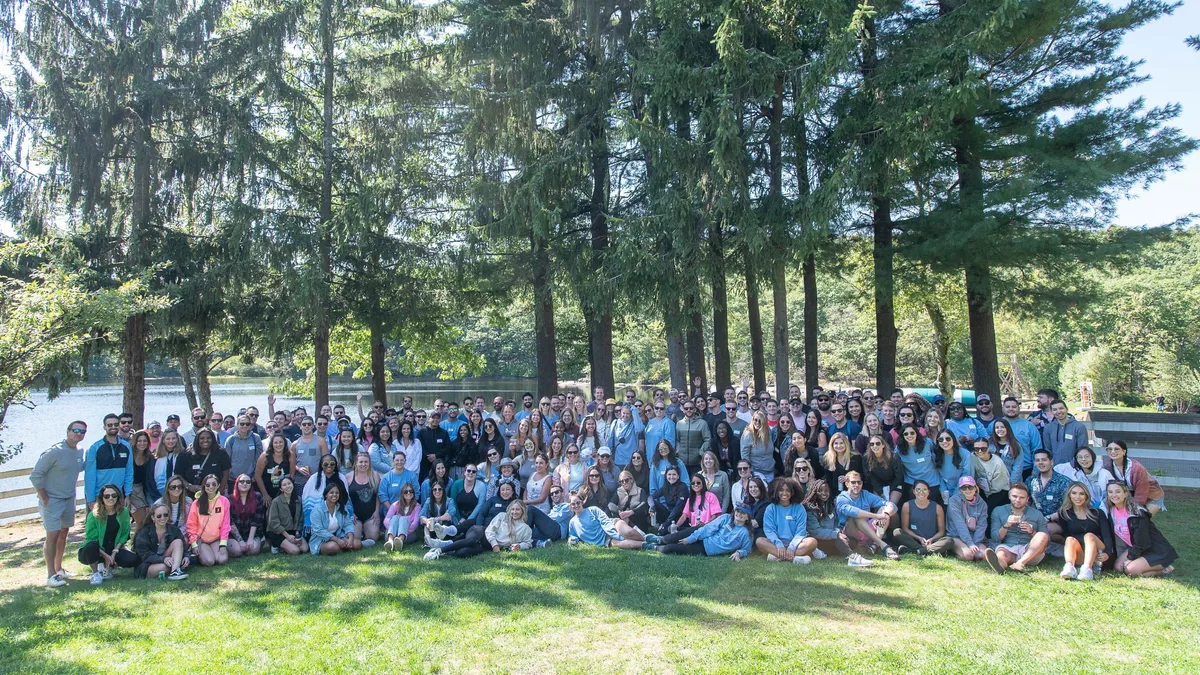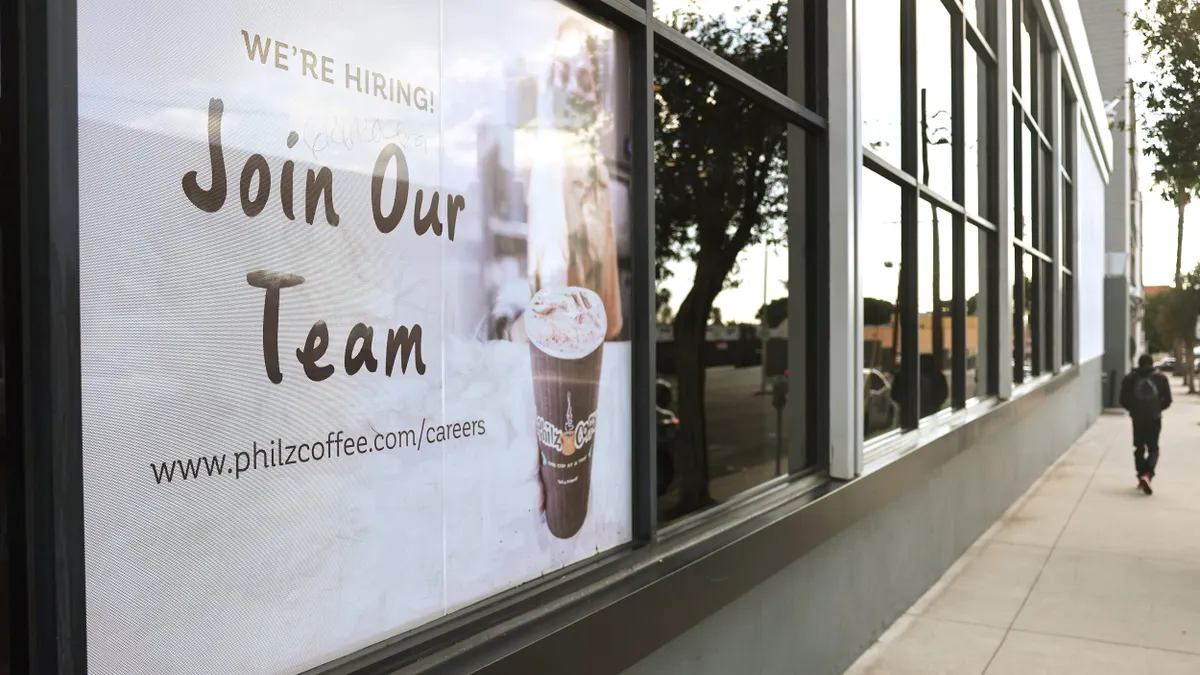While the pressure to find new employees is still on, some of the squeeze is now to retain workers already on the job.
According to a study from Lattice, about 40% of HR professionals said talent acquisition was a priority in 2021. That number dropped to 17% in 2022. Where did that prioritization go? It appears to have shifted to employee engagement, L&D and compensation.
Compensation is always part of the equation in keeping talent, Adam Calli, principal consultant at Arc Human Capital, told HR Dive, but it’s not everything, especially with younger workers who want to feel connected to the mission of their employer. They think “money is still important, but it is not the only thing I get happiness from,” he said.
Precision focus your benefits packages
The usual benefits may not cut it anymore — not if your competitors are also offering standards like 401(k) match, and medical, dental and vision insurance, said Calli. “You haven’t separated yourself from the pack unless you broaden your approach in and beyond the benefits arena.”
Instead, tailoring benefits to your company’s workforce can help with both talent attraction and retention. If employees have student loan debt, that might mean offering a repayment program, he said. If your employee population is having children, that may mean offering a more robust parental leave.
Amy Stoldt, vice president of people and culture at Snappy, an enterprise gifting platform, said that the company is reviewing its benefits package and looking into how to make those kinds of precise changes.
One area she’s targeting is parental leave. Right now, that’s 12 weeks’ paid leave for the primary caregiver and six weeks for secondary caregiver. She hopes to bring those six weeks for the secondary caregiver up to 12, recognizing that “parents as a whole should be given the same opportunity to have leave to spend time with their families,” she said. It would also make paid leave more “equitable for all types of families.”
She said that Snappy is also considering student loan pay down programs, because it benefits the employees, and shows the company cares about them as a person, not just as a worker. “It’s about their future,” she said.
Prioritize stay interviews
While exit interviews can help HR managers determine why people leave, stay interviews can help HR professionals discover what would make someone leave, and make changes before they do. Stay interviews are not a new concept, but they became a critical retention tool during the pandemic, said Calli. “We know that this is a way that you can have a positive impact on your culture, by showing that you care, that you talk to people; proactively reach out to them,” he said.
The Society for Human Resource Management has a list of potential questions that can be considered for a stay interview, ranging from “what keeps you working here?” to “what talents are not being used in your current role?”
Stay interviews can also turn into big savings by reducing turnover costs. In 2021, C-Suite Analytics started doing stay interviews for a New England healthcare organization with 7,000 employees. The healthcare system calculated that turnover costs came to $315,159 each year for each one percent turnover. After implementing stay interviews, turnover dropped by 22%, saving nearly $7 million.
Keep remote or flexible work an option
Offering remote work for white collar jobs became a necessity for hiring during the pandemic. It’s becoming an important retention tool as well, as high value employees will find another job if they don’t want to lose the flexibility given to them in the last two or so years. Employees who already have a work-from-home arrangement will leave if they’re told that needs to change, Calli said.
Snappy is in a unique position in that regard. In March 2020, the company closed its New York City office and opened up jobs to candidates all over the country. Now, about 50% of its workers are in the New York City area, and 50% elsewhere, Stoldt said. (The Tel Aviv office also closed in March 2020 and re-opened in February 2022).
As Snappy prepares to open a new office in New York City, the company has decided to offer workers the option of working in the office, but not requiring it. “It poses new challenges for next year,” she said, but is critical in meeting employees where they want to work.
Snappy also held an in person “fun day” for workers in the New York City area during which they visited a farm in New York’s Hudson Valley in September. Attendees could choose from a bounty of activities, including swimming, fishing, paddling canoes, hiking, tennis or basketball; the day included lunch, dinner and a nighttime bonfire with s'mores, according to Stoldt. It was an opportunity “just to be together. It’s hard when we’re everywhere,” she said. Events like this “create that sense of belonging even if you’re remote.”


















